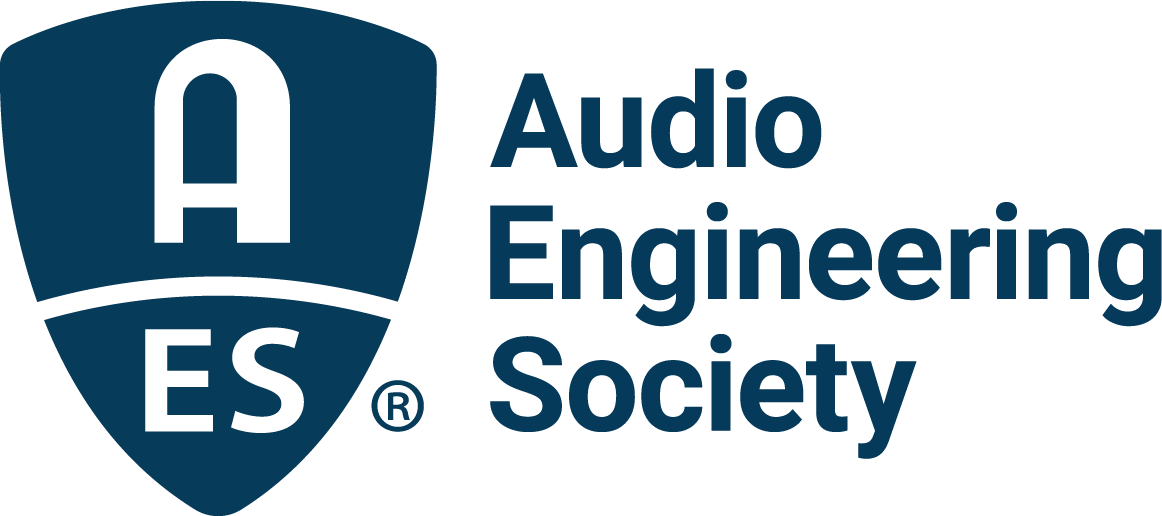The Audio Engineering Society has announced a series of webinars hosted by the AES Standards Committee that will illuminate the inner workings of the often complex, yet necessary, set of rules by which engineers and equipment manufacturers abide and the increasingly important role of the AES and its work to establish audio standards and practices that ensure interoperability worldwide. AES members may register for the Zoom webinar for live interaction with the presenters, while non-members may watch a live stream of the event on the AES YouTube channel: youtube.com/user/AESorg. The webinar will also provide opportunities for individuals to become involved in the ongoing proposal and establishment of working audio protocols.
“Across decades, AES Standards have fostered gear interoperability, improved workflows, streamlined the adoption of new technologies and quantified and improved performance of hardware and software tools,” said AES Standards Committee Chair Bruce Olson. “This series of webinars will help demystify the AES Standards development process. As so much of standards work is conducted online in a pandemic world, the opportunity for involvement is now practical for a wider number of the Society’s members and other interested parties with experience, perspectives, and insights to share on Standards work in progress. We invite everyone interested to join us for these webinars as an open door into active participation in AES Standards creation and refinement.”
The first three webinars in the AES Standards series have been announced, each outlining a different AES standard currently in development. The first event will take place on March 29 at 12:00 noon, ET, and will discuss the current development of a procedure for loudspeaker test and measurement using a music simulation test signal called M-Noise. Presenters Merlijn Van Veen and Roger Schwenke, co-chairs of the SC-04-03-A Task Group, will briefly explore the background and impetus for this project. The AES Standards procedure will be explained and demonstrated, including challenges faced by the SC-04-03-A Task Group and how the Group’s activities have inspired development within other standard bodies. The session will close with a description of the remaining development steps and how interested individuals can get involved.
In the second event, taking place May 17, Nicolas Sturmel will discuss using AES67 over wide area networks – the focus of the SC-02-12-M Task Group. On July 26 Bill Whitlock will discuss ongoing initiatives on analog system interconnection standards in the SC-05-05 Working Group. In the fourth webinar on September 20, Anthony Kuzub will discuss the new AES72 standard from SC-05-02 for transporting either analog or digital audio over quad twisted pair cable, including documentation of RJ45 connector pin-outs.
What are Audio Standards?
Standards are universal “rules” by which technology and its operators can ensure interoperability across compliant devices, platforms, and workflows. In audio, this means, for example, that analog signals employing XLR connectors will maintain absolute polarity with all XLR-equipped devices (AES14), that your Dante-enabled device can seamlessly share audio with a Ravenna, Q-SYS, LiveWire, or other digital audio networks that implement the AES67 standard, and that a digital audio file will transfer accurately within networks (AES31, AES47) with accompanying audio data description and control metadata (AES41). These are just a few of the standards developed and overseen by the Audio Engineering Society Standards Committee, composed of over 1200 members across 11 working groups in the fields of Digital Audio, Acoustics, Interconnections and Metadata for Audio. To learn more about participating in the development of AES Standards visit www.aes.org/standards/development/. AES Standards documents are available in the AES Standards Store and are free for download for AES members.
Visit the AES Standards Blog for Standards news, Working Group status reports, the schedule of upcoming events, webinar registration and more.

